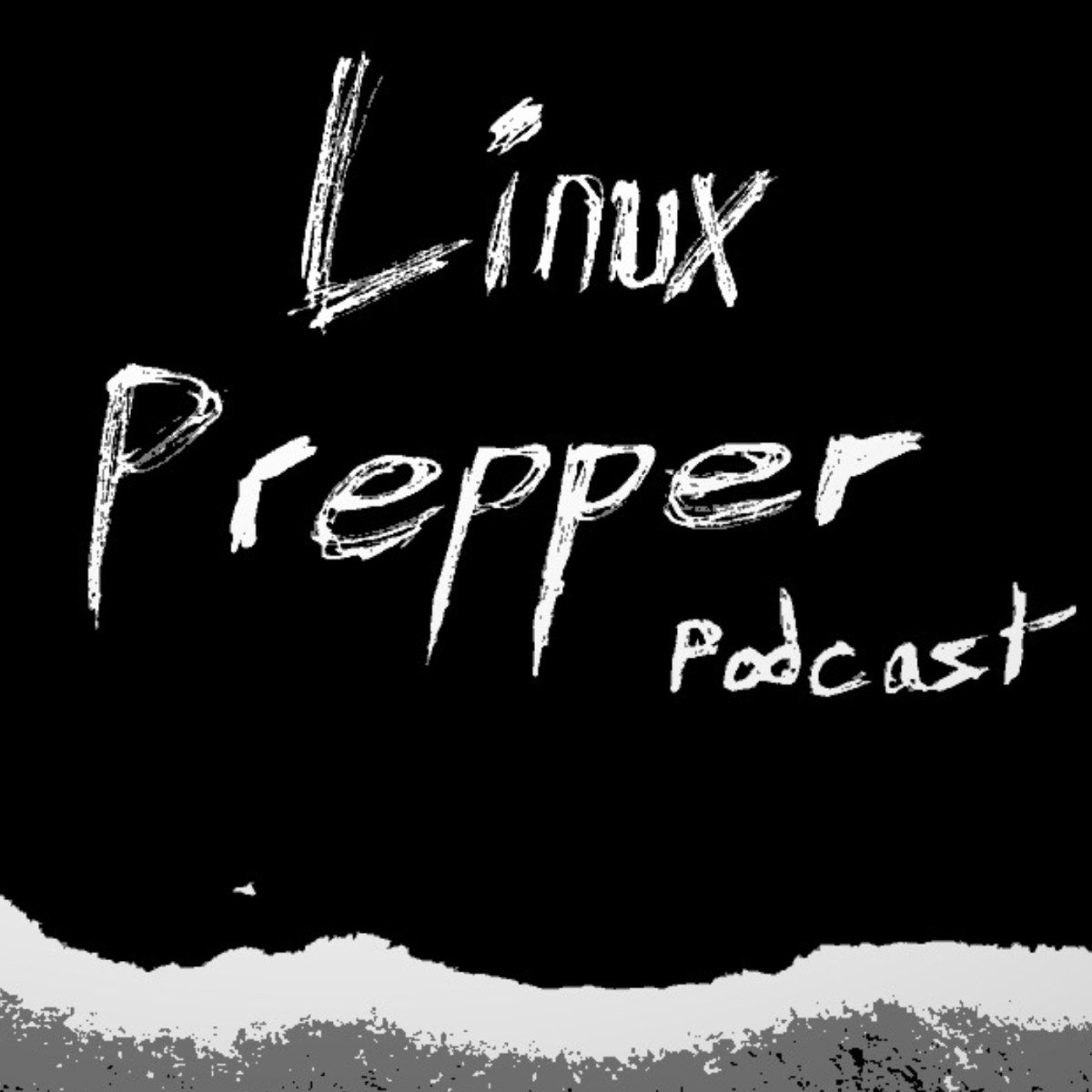- cross-posted to:
- fediverse
- technology
- cross-posted to:
- fediverse
- technology
I’ve setup my own federated podcast through Castopod, but unsure of how to federate it with Lemmy directly. It is project-focused around FOSS tooling and just enjoying life.
Any suggestions on better integrating it with Lemmy? Thanks all. Posted to Technology community as well.



I’m an EE and audiophile who did a bit of audio engineering in university for the student radio station. Our station had a whole rack of hardware audio processing tools, but honestly, this DSP software does a better job of making broadcast audio sound professional than anything else I’ve used—including some mastering VST’s I’ve used in music production. Highly recommend it.
https://www.thimeo.com/stereo-tool/
Thanks, what about using Ardour or ffmpeg or another free tool?
If I go with that VST, do you find the additional abilities are worth adding? Specifically “delossifier” and “advanced dynamics”. Thank you.
And there is the perfect declipper. Thanks for any pointers on which parts are worth the cost.
I wouldn’t worry about the extra features. Most of the ones you’ve listed are used to clean up bad recordings, but that’s something you’re in control of here.
For recording, the software doesn’t matter much. The most important thing IMO is to record at a level where the typical amplitude of the input audio (normal speech in this case) sits at around half the max level of the input. That’s because you can always increase the volume level after recording, but once a loud segment clips above the max level, that distortion is there forever. Recording in 24-bit vs 16-bit helps with this strategy, because the extra bit depth in recording amplitude resolution allows the headroom to boost the volume later without any perceptible loss. Large diaphragm mics sound best for voice recording. Of course, I’m not recommending you run out and buy a large diaphragm USB mic that can record in 24-bit if it’s prohibitively expensive. I don’t know what your setup is currently, and for most listeners, good mastering will make a bigger difference than great recording gear.
Stereo Tool can make almost anything shine, but if that’s too pricey as well, just find a post processing tool with a good compressor/limiter combo and an expander. There are probably good open source tools out there.
I have the board and large diaphragm mic already. I have been recording to a boundary mic since it feels natural.
I want to say Thank you so very much for telling me about this. This tool is absolutely incredible. Worth every penny. Thank you.
Awesome! Happy to help!
Here is how it sounds now. Still working on it. https://podcast.james.network/@linuxprepper/episodes/where-to-begin
That sounds much more polished than the earlier episodes. Glad I was able to help!